Carolyn Kleman is a professor at the University of North Carolina-Wilmington in the School of Nursing where she teaches master’s-level classes in health policy, advocacy, population health and finance. She became an LPA-certified coach in 2021 and has since employed her learnings in a variety of settings. We sat down recently with Carolyn for a conversation about her work. The following is a condensed version of that discussion, edited for length and clarity.
In what way does your work relate to storytelling for advocacy?
Personally, my own advocacy journey started when my son was in school and I needed to advocate for him throughout his education. He had special needs that were somewhat invisible and although he had diagnoses to confirm his special needs, the school system would not accommodate them. As a nurse I've been advocating for individuals my entire career. I’ve also advocated at the North Carolina state capital in Raleigh, sharing stories with the legislators of how low staffing at hospitals puts patients at risk.
In nursing, advocacy is a huge part of our responsibility. Advocating for patients is one of our biggest roles–advocating to patients’ families, to their provider or physician, local and state government—and sometimes advocating with the hospital system itself.
For example, we had a patient who was dying and he wanted to see his dog. And we made it happen. We had to petition the administration and get all these approvals to be able to do that. He was hooked up to many, many machines and we needed six personnel to take him out to the loading dock to see his dog. But we made it happen.
On any day, I could probably give you four examples like that. As nurses, we have all these stories about the people we care for at their bedsides, 24/7.
And storytelling is so important at any level of advocacy. But nurses need to learn the skills of storytelling. It usually makes me nervous when someone in the media puts a microphone in a nurse's face. The nurse might be at the end of their shift, tired. So it’s not always well thought-out because it's spontaneous. A lot of times the point gets lost in the telling of the story, and it’s usually because of the emotion involved.
Having been through the Living Proof Advocacy coaching program, I know that there's a method to storytelling that is important to getting your point across and pointing to the positive.
How do you incorporate Living Proof Advocacy principles or tools into your work?
In my classes, when we cover advocacy, I have students imagine speaking with a legislator. They pick a topic that means something to them personally, then advocate for or against it using their personal stories.
I have them work with LPA’s “Brief, Brisk Advocacy Blueprint.”* That template helps students work through the process of preparing much more quickly because it’s focused on what they want to accomplish to communicate effectively with the legislator. It also helps them stay within guardrails. They have limited time to make an impact, so the guardrails help them manage their story.
*The Brief, Brisk Advocacy Blueprint is one of the templates available in Living Proof: Telling Your Story to Make a Difference.
They really like the template and feel like they grow by using it. They feel more empowered. They feel more in control of their story, and that's really a big deal. I've also presented on the Brief, Brisk Advocacy Blueprint* at conferences to help nurses learn the storytelling for advocacy method.
I’ve also coached a friend who had to advocate for her son when he was in rehab and she wanted to share her stories with other parents. I used LPA methods to help her focus on her reason for speaking, manage her emotions and point to the positive.
It’s always about helping people remember that it’s not just storytelling, it’s storytelling for advocacy.




